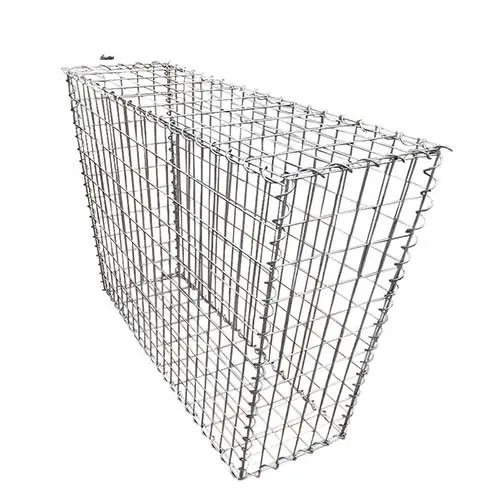-
 Phone:
Phone: -
 Email:
Email:

how to prevent rock falls
How to Prevent Rock Falls A Comprehensive Guide
Rock falls are a natural hazard that can pose significant risks to both human safety and infrastructure. They often occur in mountainous areas, during natural disasters like earthquakes, or as a result of human activities such as mining and construction. To mitigate these dangers, various prevention strategies can be employed. Here, we explore several effective methods to prevent rock falls and ensure a safer environment.
1. Geological Assessment
Before any construction or development project, conducting a thorough geological assessment is essential. This involves studying the rock formations in the area to identify potential risks. Understanding the composition, structure, and stability of the rock can help predict where falls may occur. Hiring geological experts to conduct surveys can provide valuable insights and inform design choices that reduce risk.
2. Proper Design and Engineering
One of the most effective ways to prevent rock falls is through proper engineering design. This includes implementing retaining walls, rock bolts, and mesh systems designed to hold loose rocks in place. Retaining walls not only support the stability of slopes but also redirect the flow of water, reducing erosion and the potential for falls. Additionally, rock bolts can be installed to secure loose boulders to the bedrock, providing extra stability.
3. Drainage Systems
Water is a major contributing factor to rock falls, as it can weaken rock structures and increase erosion. To minimize this threat, effective drainage systems should be established. This involves creating surface and subsurface drainage to redirect water away from steep slopes. Swales, ditches, and culverts can help manage surface runoff, while drainage pipes ensure that groundwater is effectively channeled, thereby reducing pressure on the slopes.
how to prevent rock falls

4. Regular Monitoring and Maintenance
Constant monitoring of slopes and rocky areas is crucial for early detection of potential rock fall hazards. Establishing a regular inspection schedule can help identify signs of instability, such as cracks or shifting rocks. Implementing maintenance programs that include clearing debris, reinforcing structures, and repairing drainage systems will enhance safety. Technology such as remote sensors and drones can aid in monitoring difficult-to-access areas, providing real-time data on slope conditions.
5. Vegetation Management
Planting vegetation can play a vital role in slope stabilization. The roots of plants bind the soil together, which helps prevent erosion and rock falls. Native plants are often best suited for this purpose, as they are adapted to the local environment and require less maintenance. Additionally, creating buffer zones with trees and shrubs can help absorb water, further reducing the risk of landslides.
6. Community Awareness and Education
Finally, raising community awareness about rock fall hazards is imperative. Organizing workshops and educational programs can help inform local residents and workers about the risks and preventive measures. By promoting a culture of safety and preparedness, communities can be better equipped to respond to potential rock fall incidents.
Conclusion
Preventing rock falls requires a multifaceted approach, combining geological assessments, sound engineering, effective drainage, regular maintenance, vegetation management, and public education. By implementing these strategies, we can significantly reduce the risks associated with rock falls, protecting lives and property. Ensuring the safety of mountainous and rocky terrains is not only a responsibility but a necessity for sustainable development and disaster resilience.
-
Wire Mesh for Every Need: A Practical SolutionNewsJul.25,2025
-
Steel Fences: Durable, Secure, and Stylish OptionsNewsJul.25,2025
-
Roll Top Fencing: A Smart Solution for Safety and SecurityNewsJul.25,2025
-
Cattle Farm Fencing Solutions for Maximum SecurityNewsJul.25,2025
-
Affordable Iron Binding Wire SolutionsNewsJul.25,2025
-
Affordable Galvanized Wire SolutionsNewsJul.25,2025
-
Wire Hanger Recycling IdeasNewsJul.25,2025








